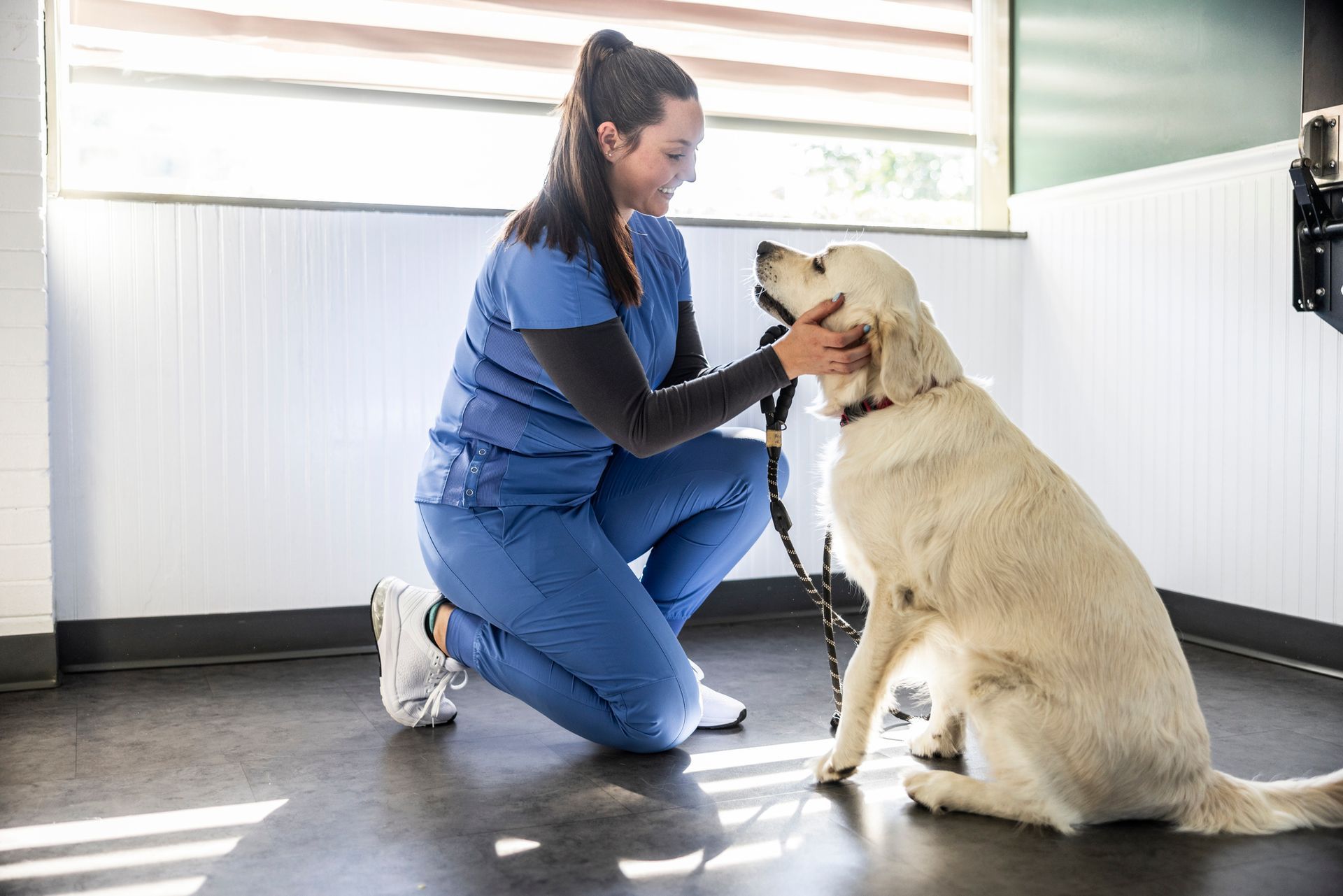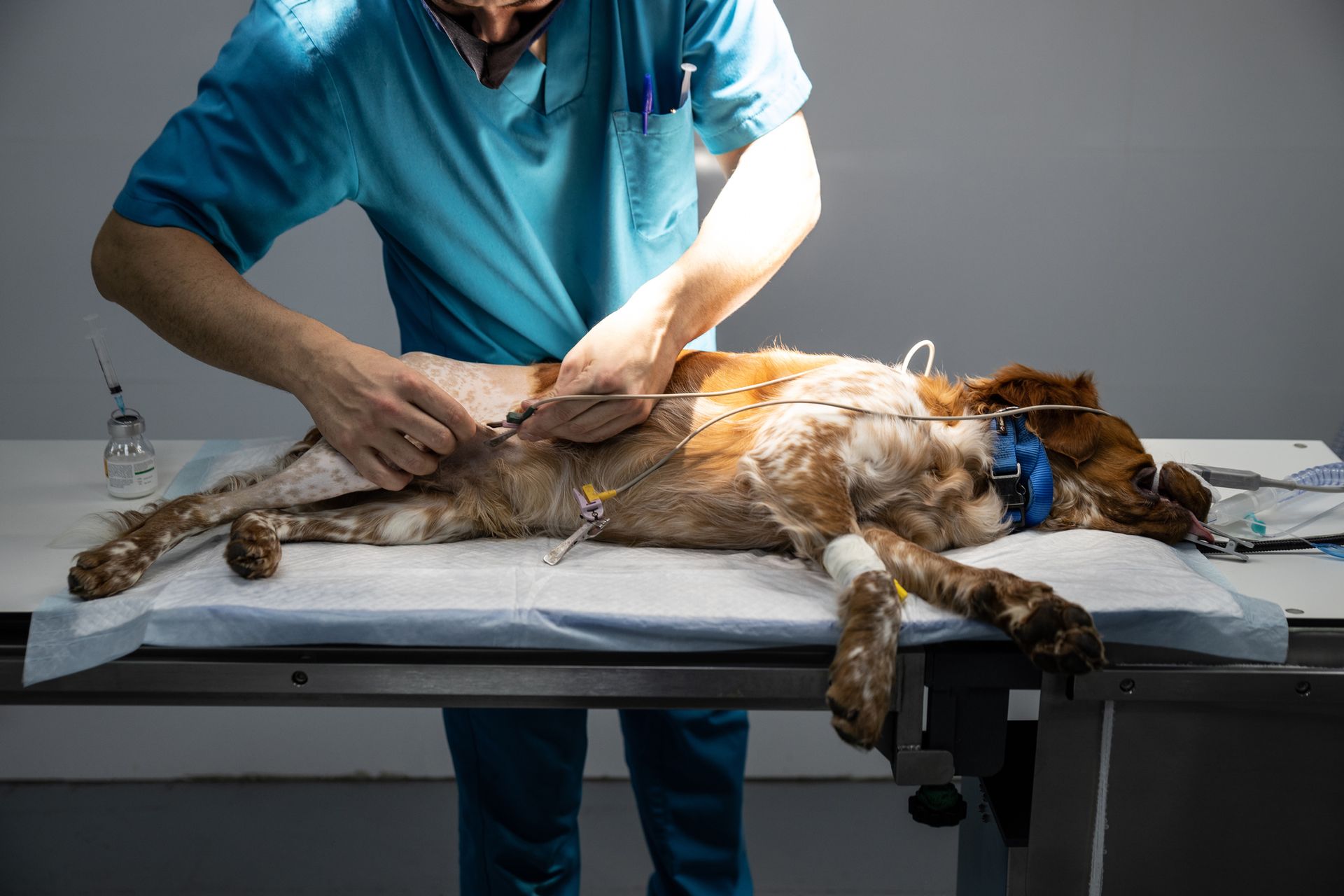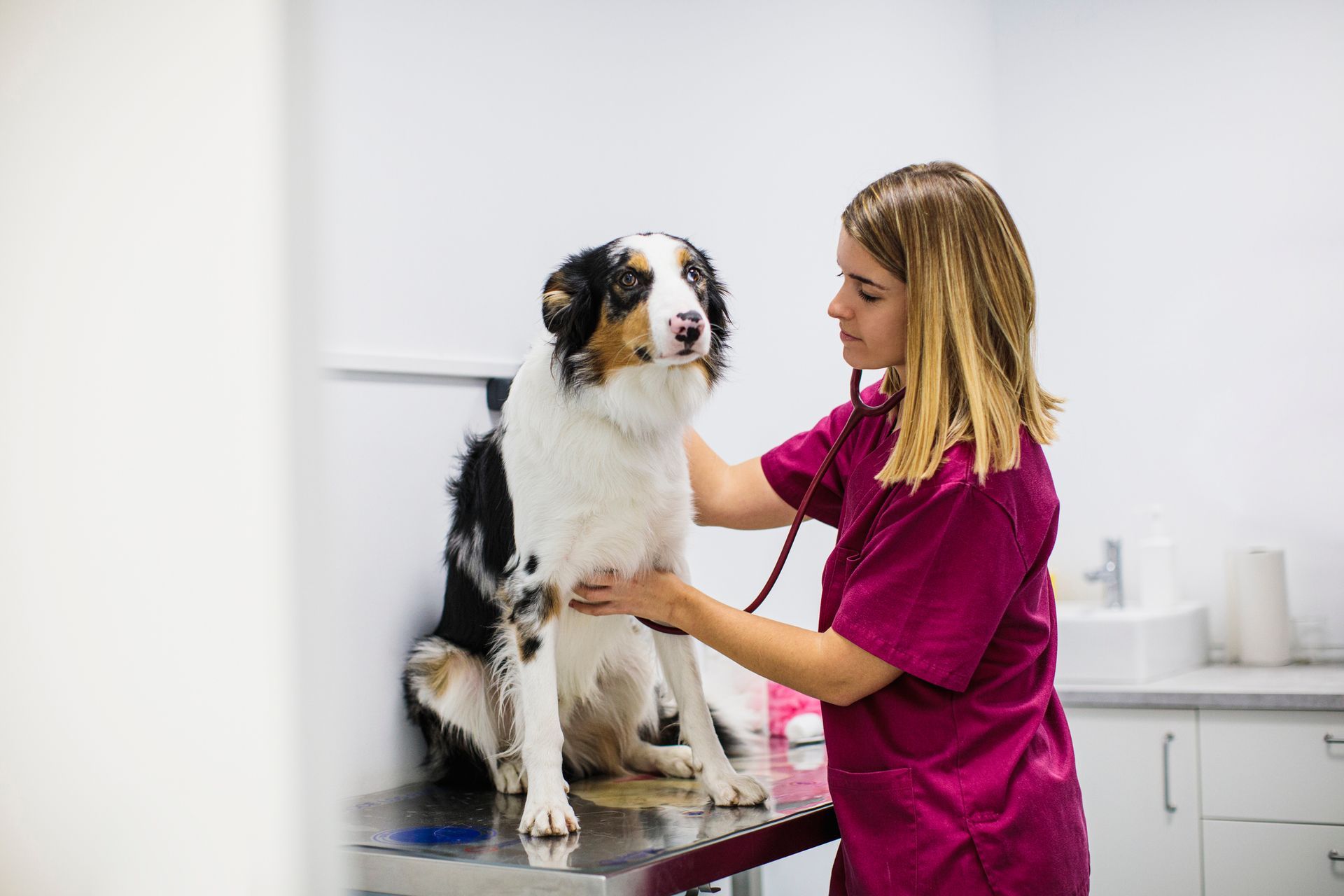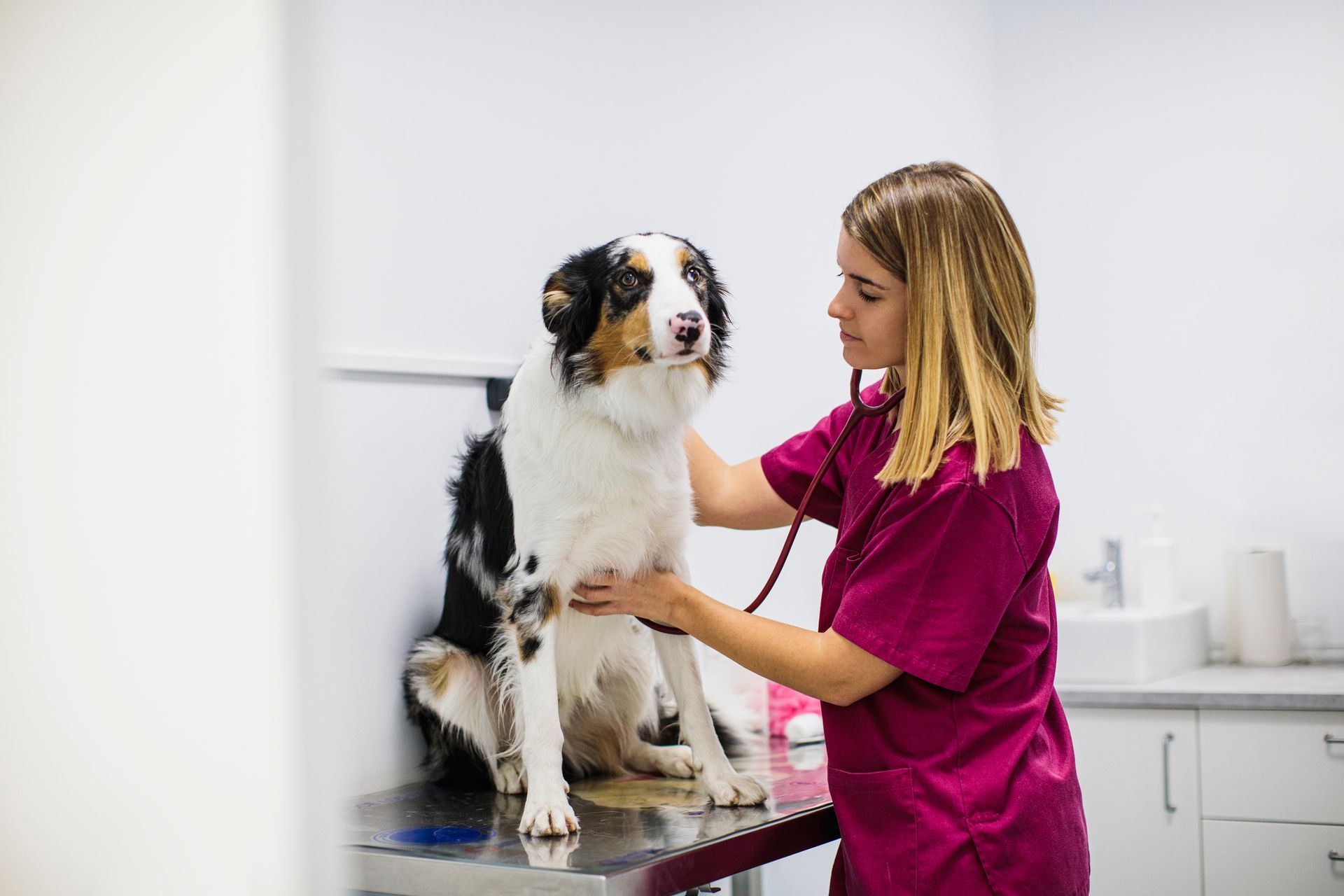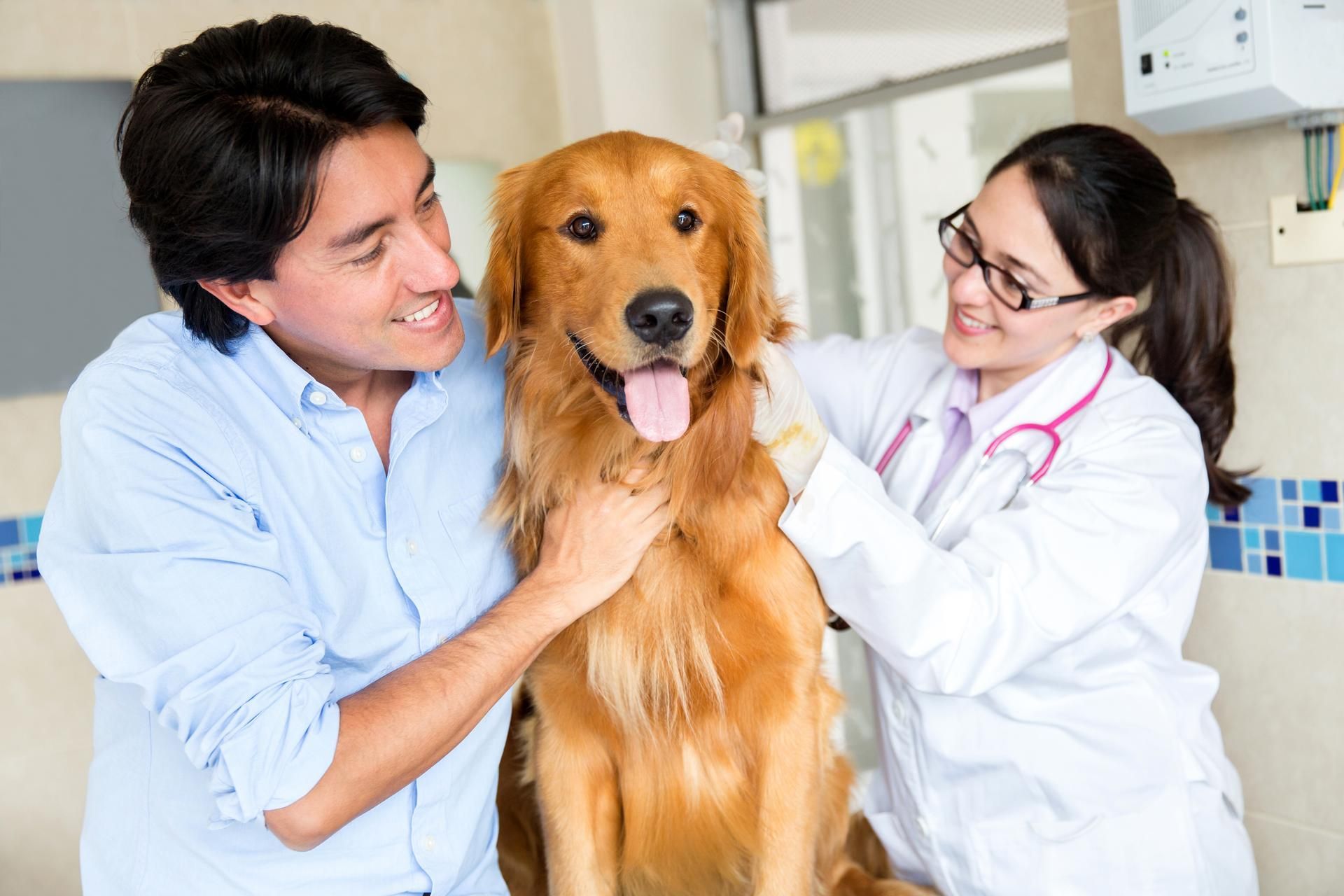4 Canine Medical Issues a Vet Can Diagnose With a CT Scan

When a dog has medical issues, veterinarians often rely on the same medical diagnosis tools and resources that doctors use for humans. Some machines have modifications that allow them to handle smaller pets. One machine found in many vet emergency offices is a computed tomography (CT) scanner. A CT scanner provides more detailed looks at a dog and offers more insight than an x-ray.
Learn the ways a vet can use a CT scanner to diagnose issues with dogs. The issues often involve emergency procedures, but a vet may choose a CT scan for follow-up appointments or to track a chronic illness in a pet.
1. Head and Brain Abscesses
Dog injuries may look like they are healing on the surface, but a lack of proper cleaning and care could result in a bacterial infection known as an abscess. When a dog suffers a wound, you want to keep the area cleaned out on a daily basis. Licking and scratching the area could lead to the introduction of bacteria.
As bacteria grow, an abscess may form and create a lot of health issues for the dog. Through the use of a CT scan, a vet can see where the abscess is located and what the best treatment options are for the infection. The size of the abscess will determine if your dog needs surgery or if the dog needs an antibiotic prescription to eliminate the bacteria.
While a brain abscess is a rarer occurrence, it can happen. One of the more common areas a vet may find an abscess is behind the eye of a dog. The eye socket is a vulnerable area for a dog and could become prone to injury. An abscess located behind the eye could lead to vision problems for a dog, along with disorientation.
Once symptoms appear, you should take a dog to an emergency vet clinic right away and seek treatment for any issues.
2. Skull Tumors
If you notice changes to your dog's head shape and skull, then you have to consider skull tumors as one of the main causes. Skull tumors occur when hard tissue grows on the skull and typically on the exterior of the skull. Unfortunately, a majority of the tumors are malignant and will result in a cancer diagnosis in the dog.
If the dog is not treated, then the cancer may spread and cause more health issues for the dog. An early diagnosis of a skull tumor is the best way to reverse course. You should bring up any little change you notice in your pet's skull. A vet can perform a CT scan of the head to note the presence of bone tumors.
Through the scan, a vet will determine how wide the bone tumor has spread, if other new tumors have formed, and use the information to classify the tumor. In most cases, tumors on the skull as known as osteosarcomas. Along with the scan, a vet may perform a biopsy to determine the exact type of tumor and treatment plan needed.
If the dog has the tumor surgically removed, then a vet may perform a follow-up scan in the months that follow to ensure the tumor hasn't grown again or appeared in other areas of the skull.
3. Parasitic Infections
As dogs walk outside, chew on objects, and eat various forms of food, the animal could become more vulnerable to parasitic infections. While many parasites will infect the stomach of a dog, some will target the brain of the dog. When a parasite invades a dog's brain, the brain may have an infection known as encephalitis.
A CT scan will showcase the site of the infection and if any more parasites are present in the brain. Before the scan, you may notice symptoms in your dog, like sluggish behavior or disorientation. A vet will ensure that your dog receives proper care during the scan.
The infections are fairly serious and will likely result in a lot of follow-up care after the initial CT scan and diagnosis.
4. Fractures & Injuries
While infections and tumors may take time to grow and expand, your dog could also suffer from a sudden onset injury like a fracture of the skull. If your dog has recently suffered a head injury, then you should bring the dog to an emergency vet as soon as possible. A CT scan will diagnose the fracture and look for other signs of injury.
For example, a head injury in a dog can result in a brain bleed. A CT scan will diagnose the brain bleed and help a vet proceed with operations and treatments to stop any bleeding and allow a dog to properly heal without any more damage.
For more information on CT scans and emergency vet visits, contact us at South Seattle Veterinary Hospital. We will help treat your dog and find the best options to help your dog heal and live a longer life.


